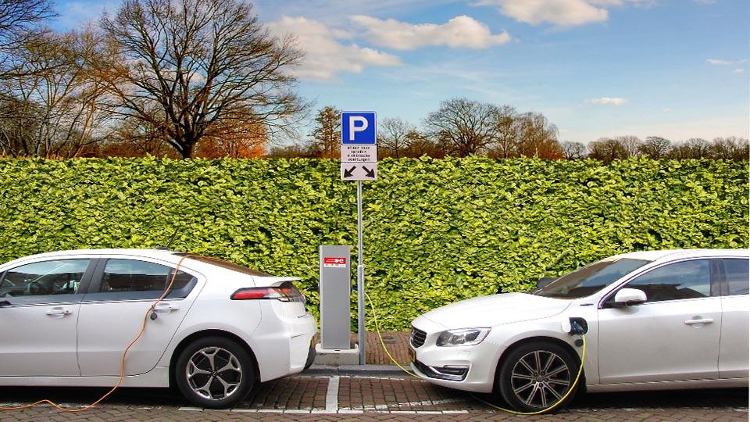The Challenge
The Sustainable LA Grand Challenge of UCLA has an ambitious goal of helping transition Los Angeles County to 100% renewable energy by 2050 through innovations in science, technology and policy. An important first step is to determine the balance of accessible renewable energy resources and its distribution and storage. To address this data gap, researchers assessed the 2050 renewable energy potential for the Los Angeles region (defined by the City of Los Angeles, Los Angeles County and the greater metropolitan area, including the surrounding counties) and presented feasible pathways for achieving the 100% renewable energy goal. This study is a preliminary assessment of the energy portfolio for the entire L.A. region.
The Solution
Researchers conducted a feasibility study to evaluate whether the L.A. region can fulfill 100% of its energy requirements with local renewable resources. Using existing data, they characterized the available energy resources, including their respective demand as well as the distribution and management requirements for the electricity, water and transportation sectors. This allowed the researchers to construct realistic and fringe-case energy demand and supply scenarios. Analyzing these scenarios helped researchers identify primary challenges associated with achieving the 100% renewable energy goals in the region.
Results
- The L.A. region will be able to meet its 2050 energy needs through 100% renewable energy resources. These resources must come from a combination of distributed and centralized generation and storage of electricity and fuel. Solar energy integrated with low-cost, dispatchable energy storage will play the most significant role in reaching 100% renewable energy.
- The annual solar energy required in L.A. County is calculated at approximately 107 TWh per year. Only 34 TWh (32%) of this energy can be supplied from distributed rooftop solar photovoltaics (PV). Thus, a recommended approach is to use concentrated solar power (CSP) plants in compatible areas of the L.A. region to provide the remaining solar energy supply of 73 TWh per year (68%).
- It is important to integrate renewable fuels to accommodate transportation vehicles moving within and through L.A. county. Renewable fuels can also replace natural gas currently used for industrial and residential purposes. The low ethanol yield per acre of cultivation for corn, sugar cane and poplar suggests a need to develop more advanced non-agricultural biofuels like algae with lower water needs.
Next Steps
The report generated from this research will provide a detailed assessment that will be used to guide the development of a long-term 2050 plan for an energy portfolio for the Los Angeles region. This effort will pay particular attention to policy and community considerations at the local and state levels.
Publications and Reports
Wirz, R., Nithyanandam, K., Wells, P. (2016). 100% Renewable Energy for Los Angeles County: A Preliminary Assessment.

Topics
Research Team
Richard Wirz
Mechanical & Aerospace Engineering, Samueli School of Engineering
wirz@ucla.edu
Karthik Nithyanadam
Mechanical & Aerospace Engineering, Samueli School of Engineering
Parker Wells
Mechanical & Aerospace Engineering, Samueli School of Engineering




